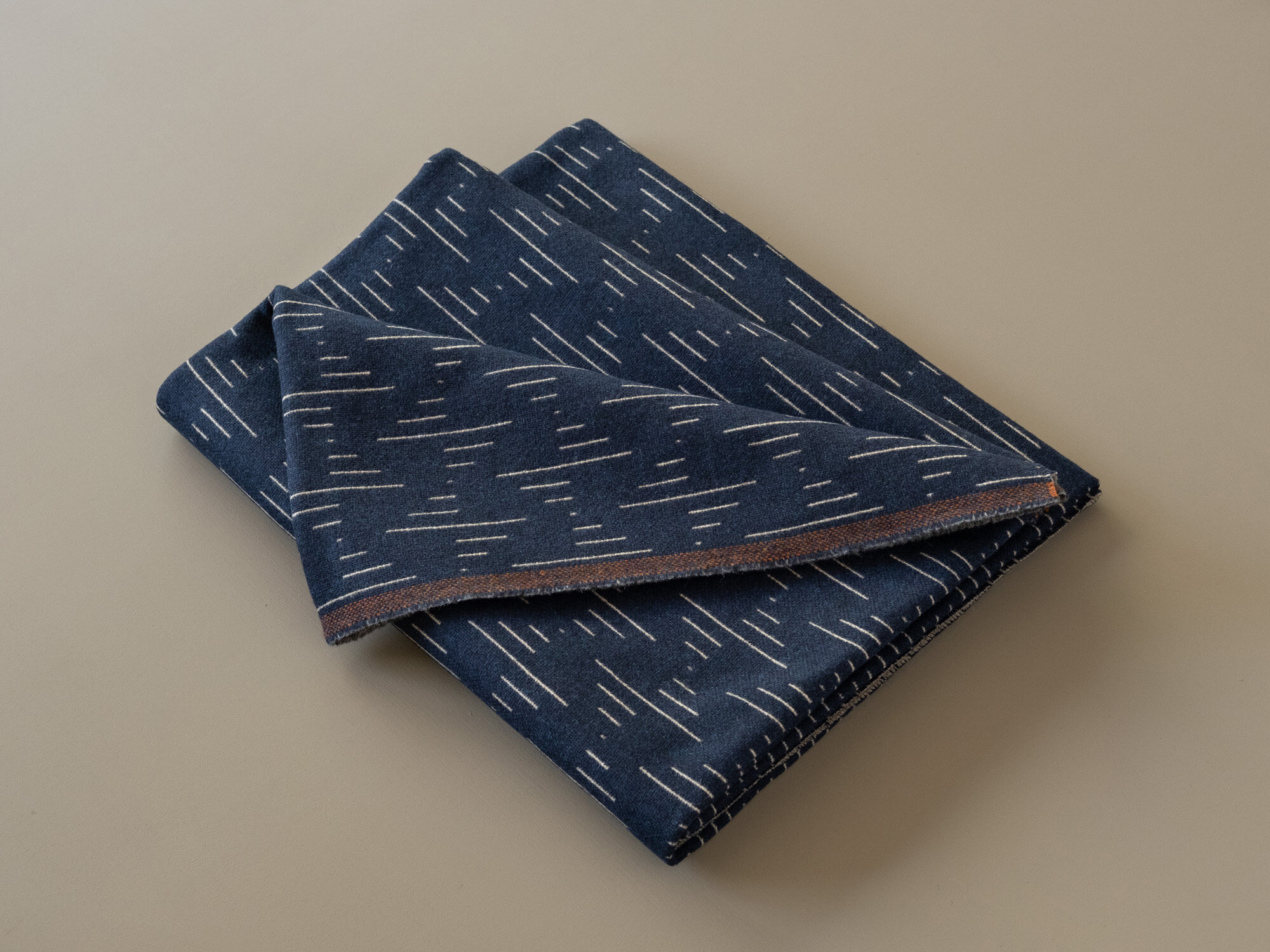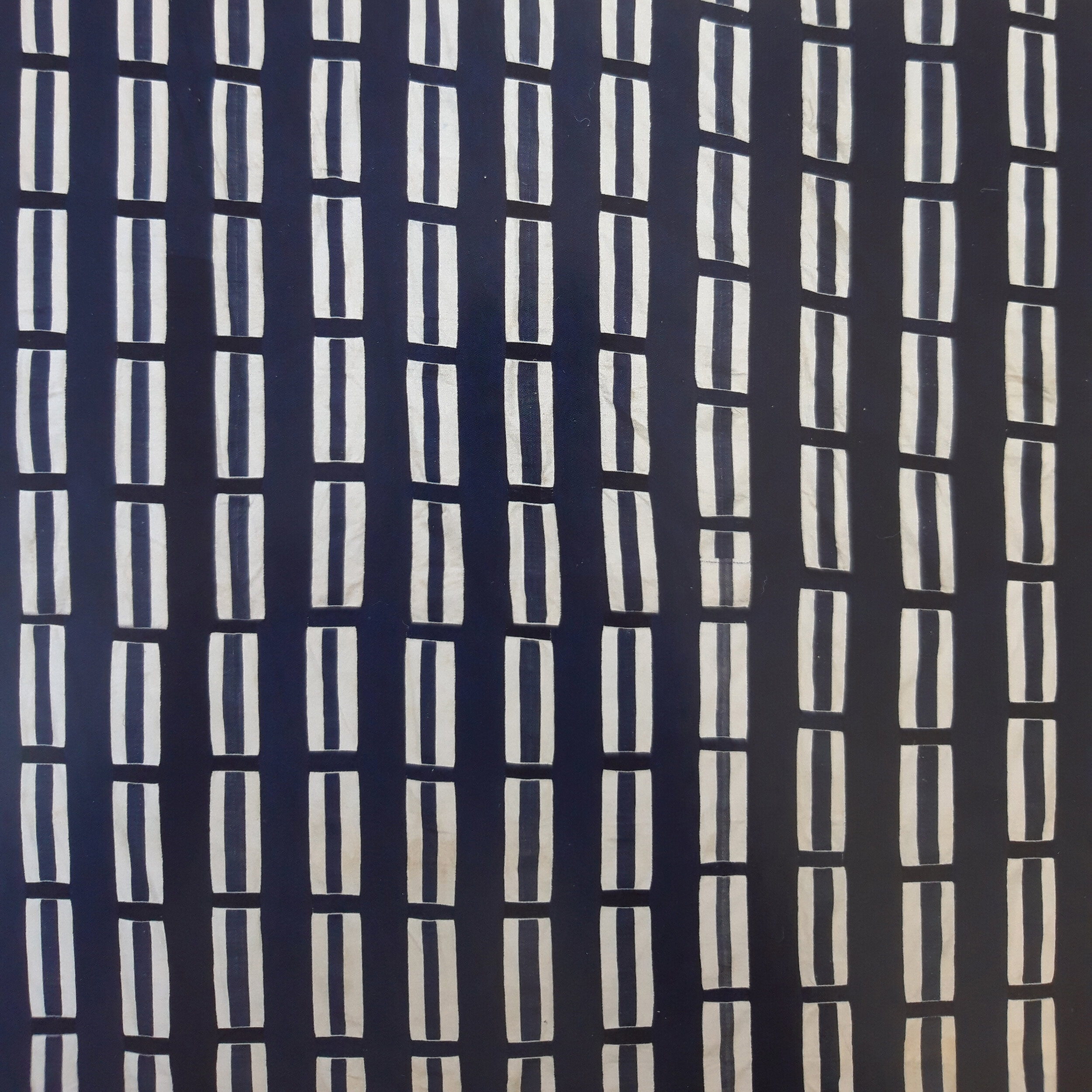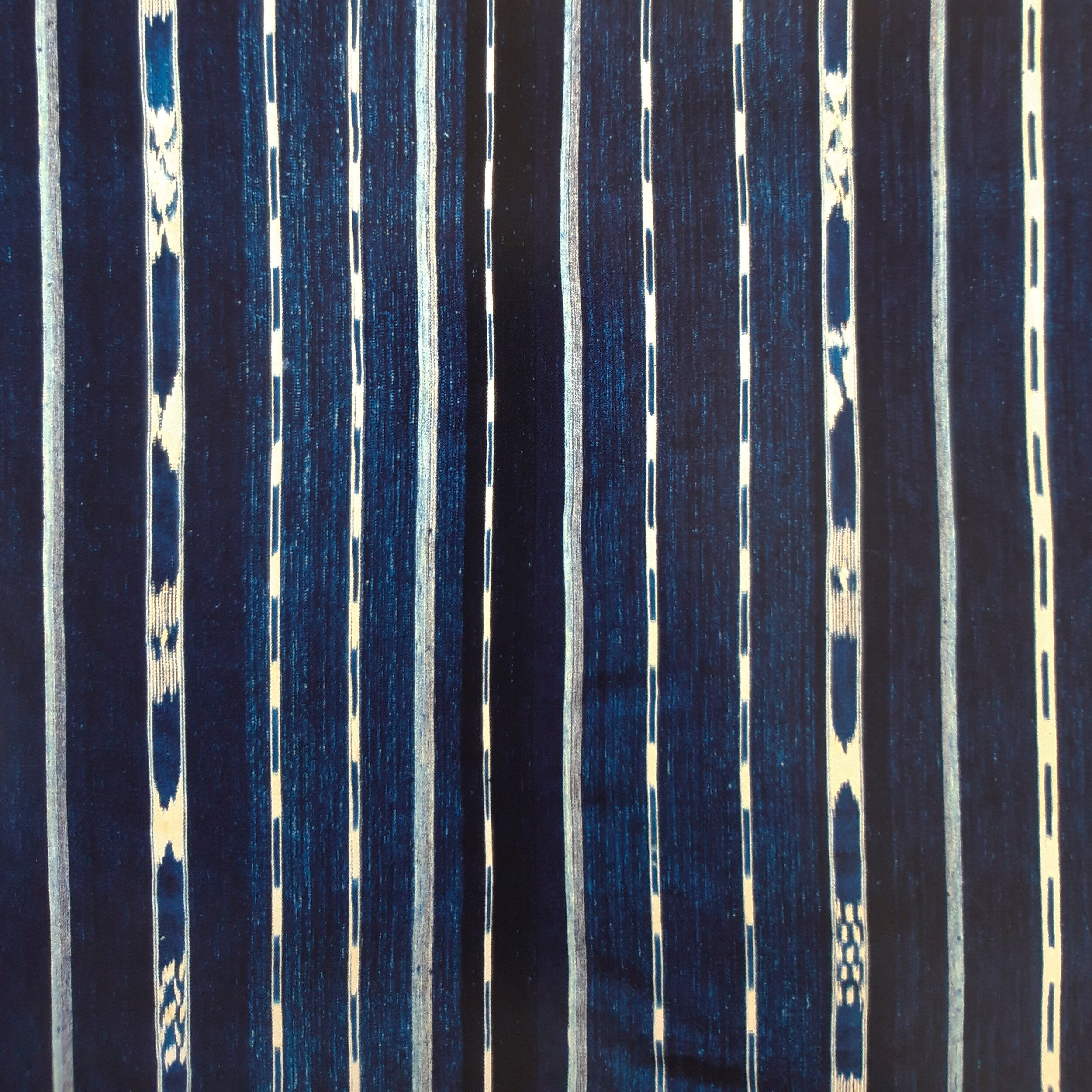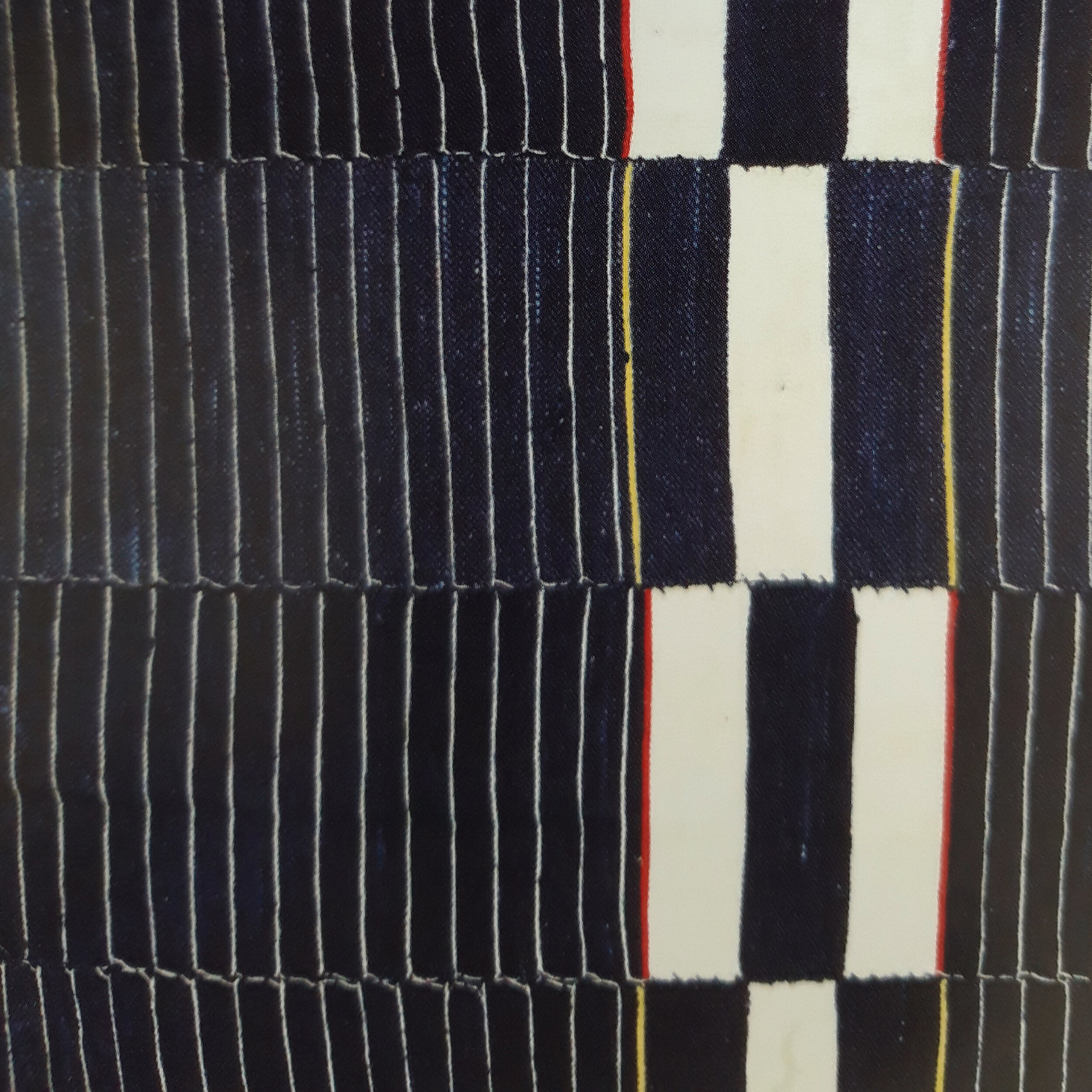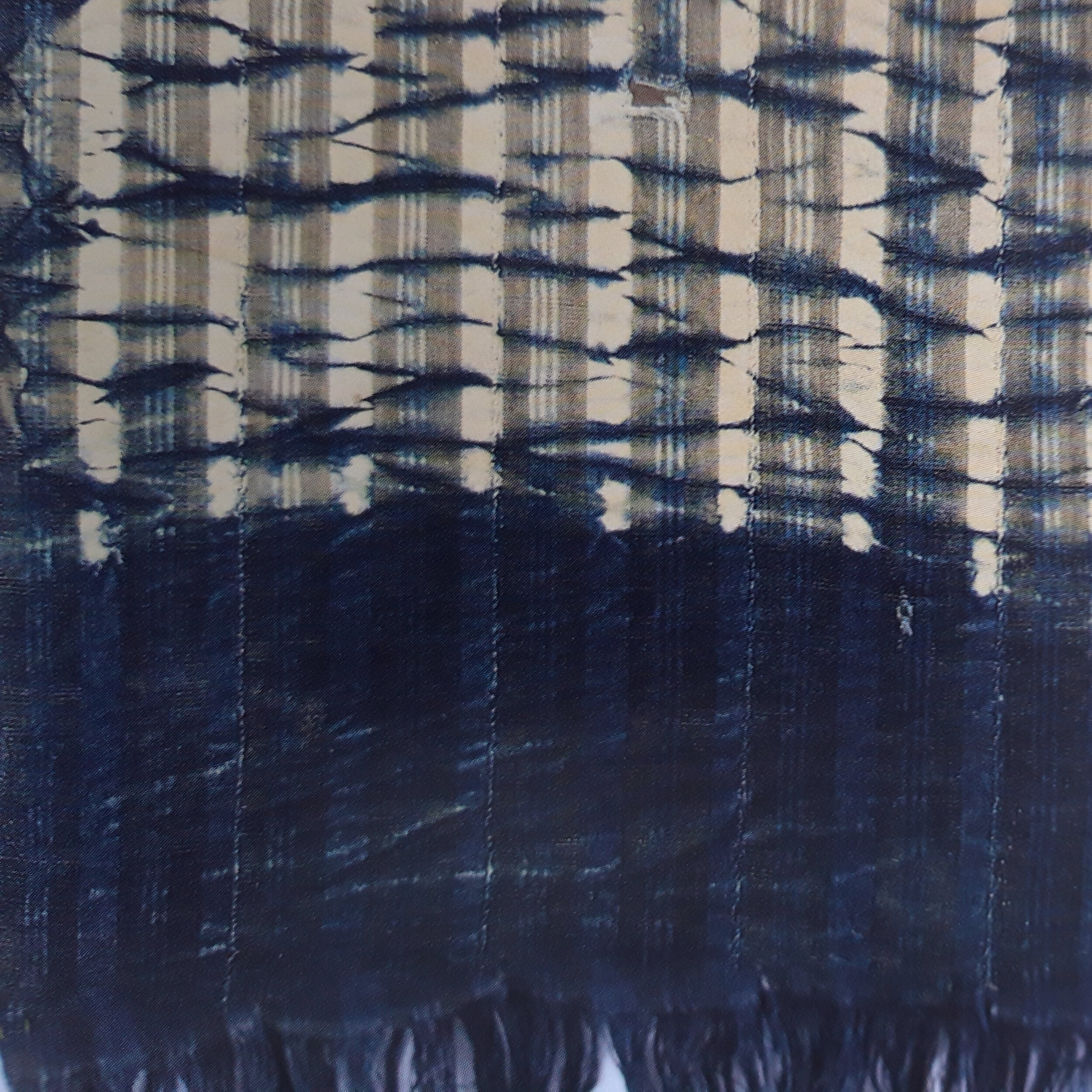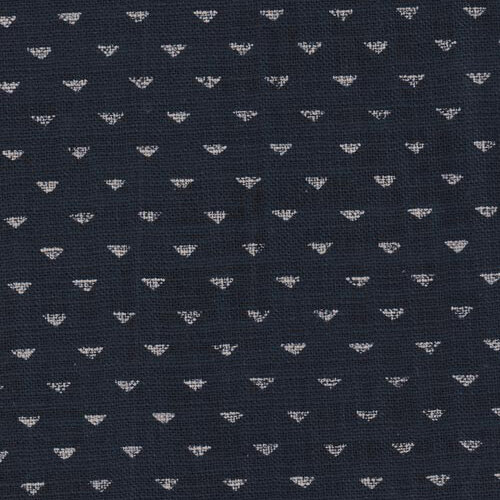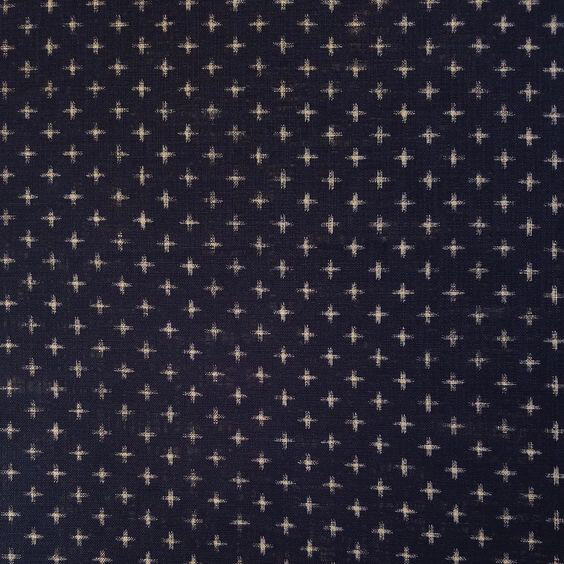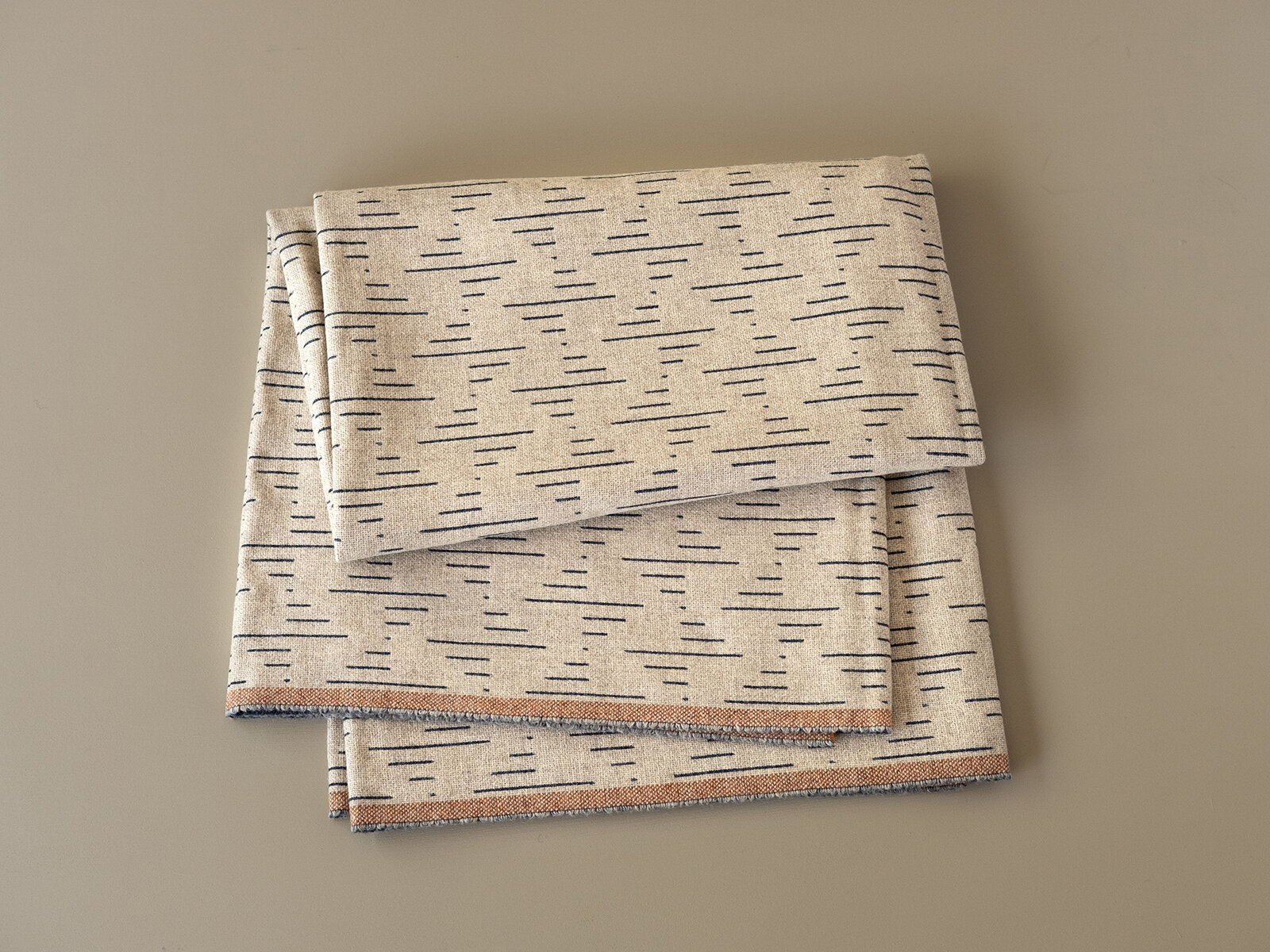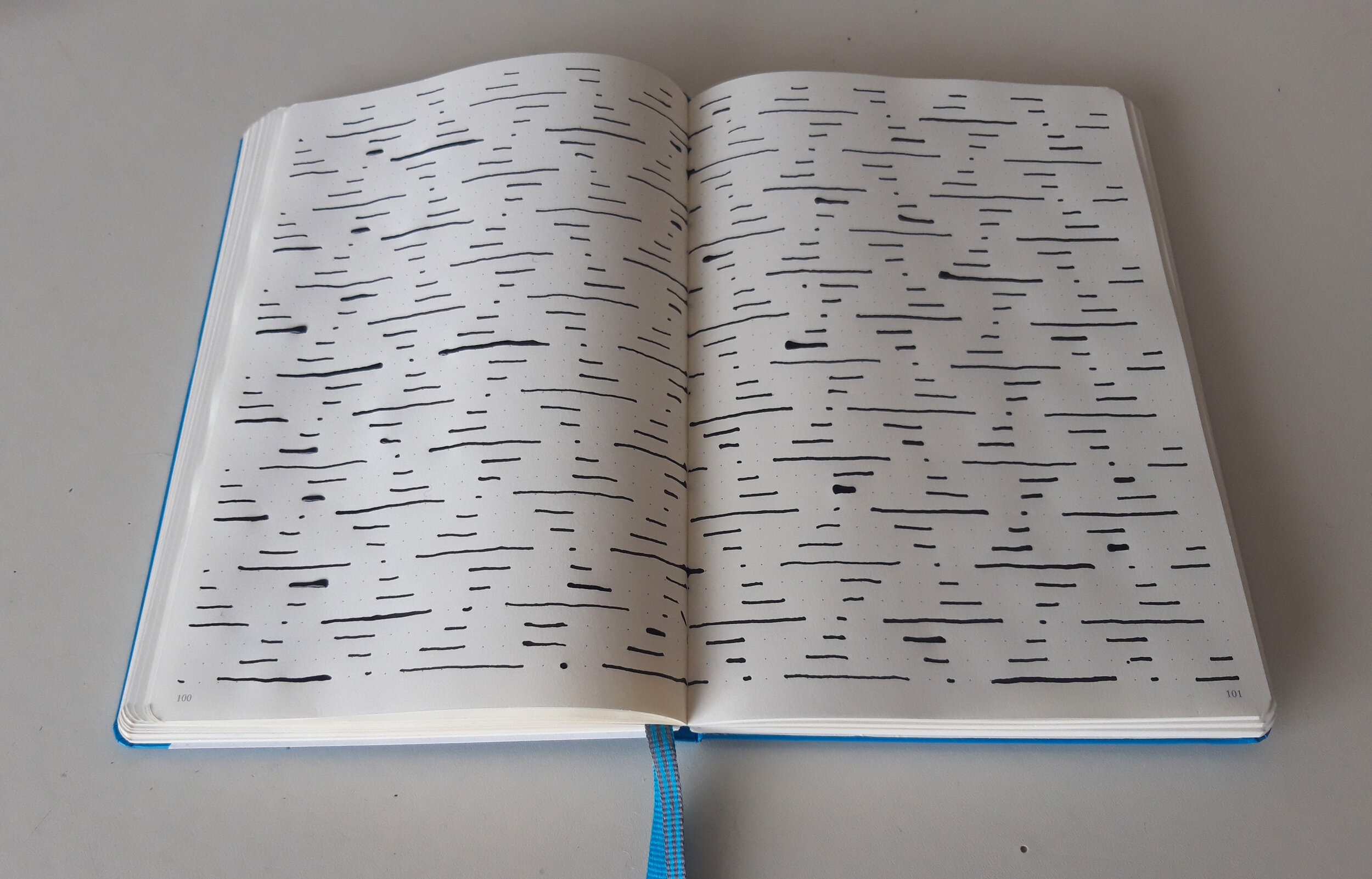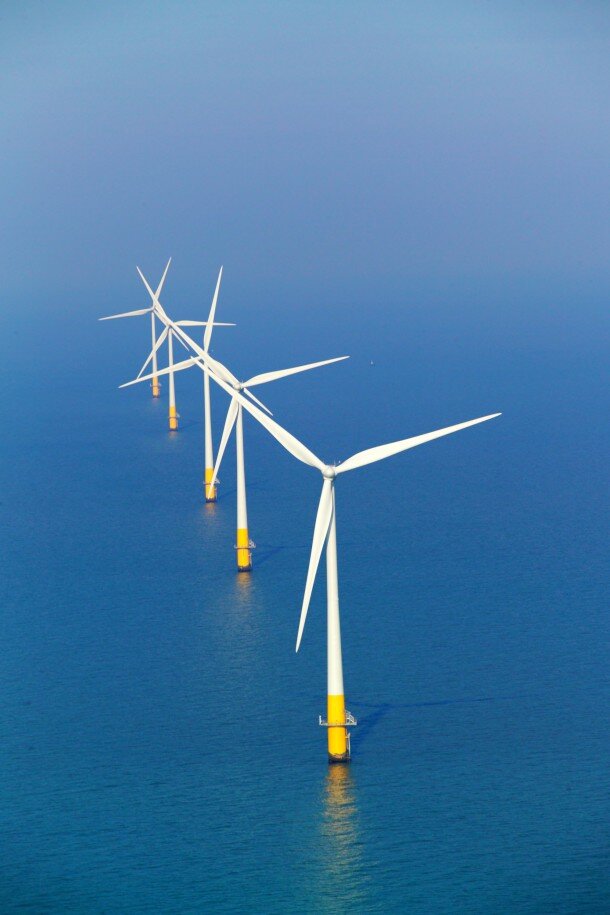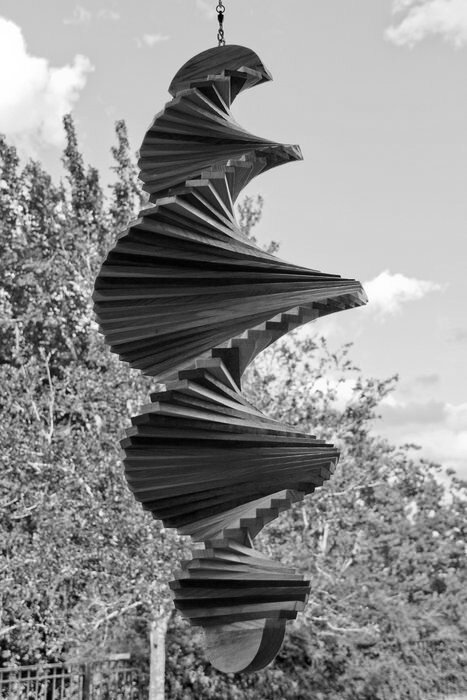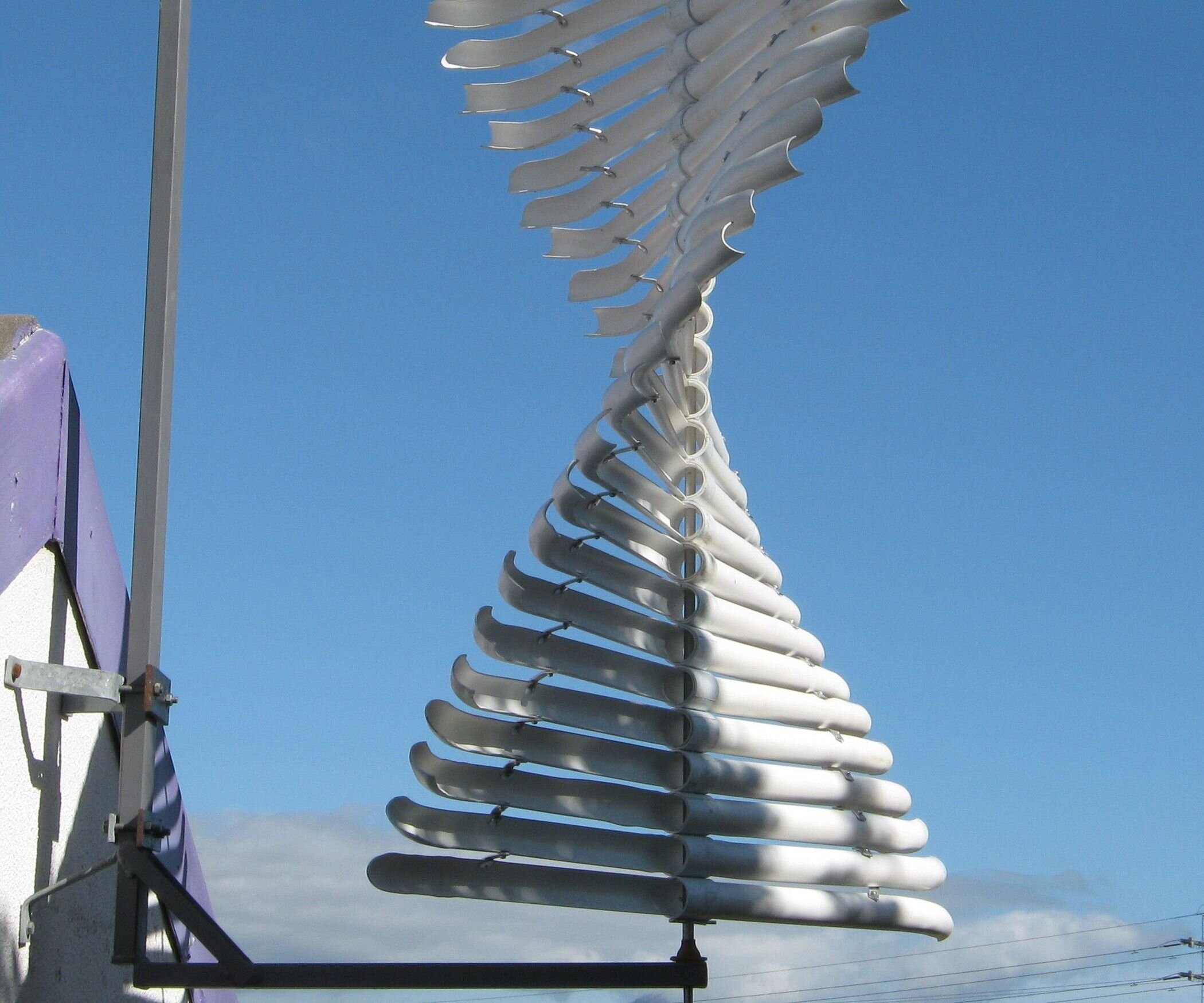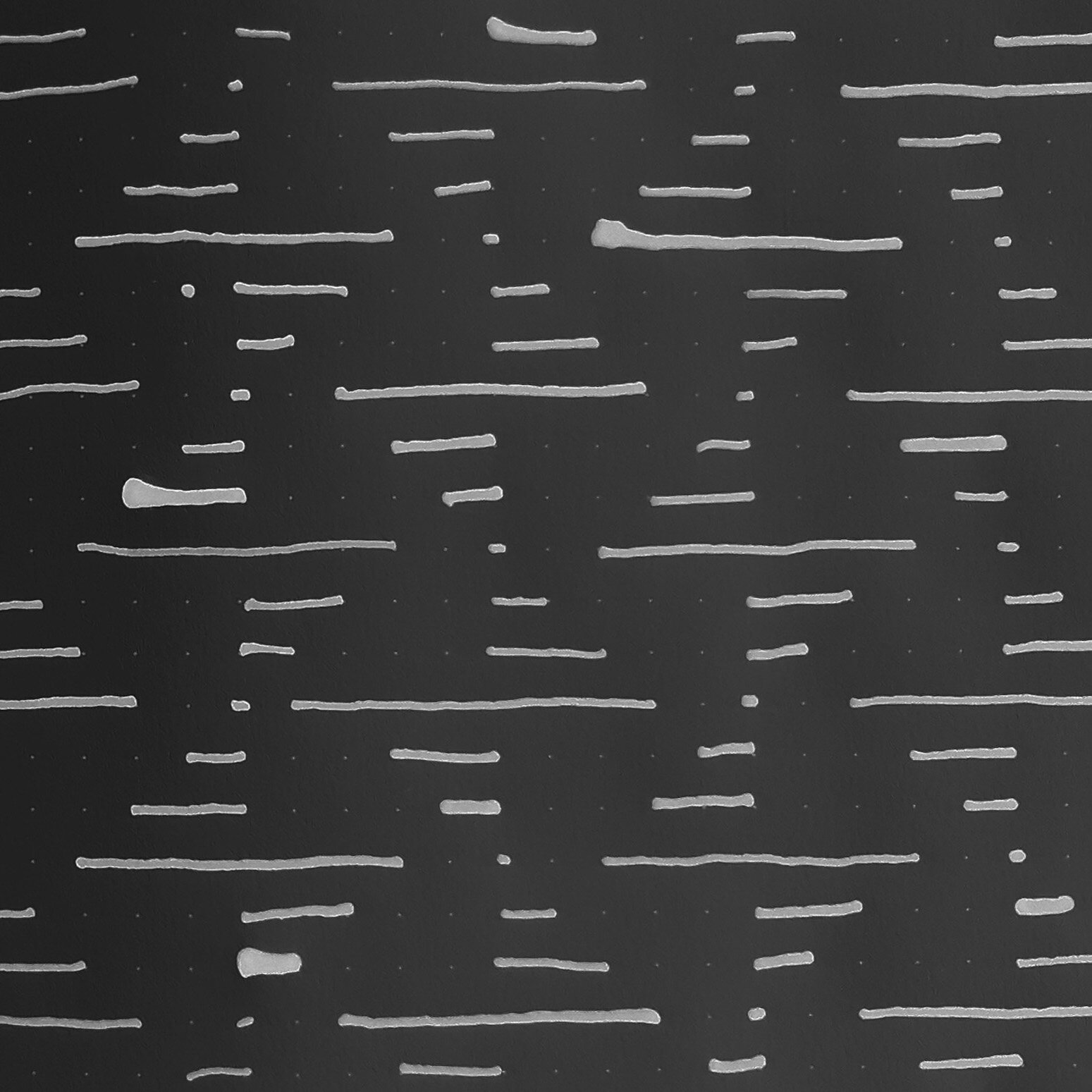Tuulevurr - the inspiration and palette behind my newest design
My new Tuulevurr blanket is woven in ink and oatmeal with a rust border. The colour harks back to traditional indigo-dyed textiles, and the combination of tones feels reassuringly familiar.
I have always been drawn to deep inky blues - the blue-black tones of raw denim. The wool which is used for the Tuulevurr is fleece-dyed before it is spun - allowing for the deepest blue to be conjured up out of a myriad of different midnight tones. If you look closely you will see deep sea greens, stormy blues and classic navy tones spun together into the yarn.
As I say, I have always loved these deep midnight hues.
In the autumn of 2019 the Brunei Gallery in the School of Oriental and African Studios played host to the Karun Thakar collection of traditional African textiles. This wonderful exhibition was a real celebration of creativity and masterful skill, and quickly gathered something of a cult following amongst the textile community in London. I found it incredibly inspiring; so many of the early twentieth century fabrics - made over hundred years ago - had an extraordinarily contemporary feel.
The images below are all Indigo dyed fabrics from the show.
Top left: Man’s Cloth, Ewe People, Eastern Ghana or South-West Togo. Cotton. Early 20th century
Top right: Woman’s wrapper cloth, Igarra, Nigeria. Hand-spun cotton, early to mid-20th century.
Bottom left: Cote D’Ivoire. Hand-spun indigo and white cotton, machine-spun coloured thread, first half 20th Century
Bottom right: Strip-weave woman’s wrapper cloth with fold-resist indigo pattern, Sarakole people, Senegal or western
Mali. Cotton. c.1950
All photos from African Textiles - Karun Thakar collection. Published by Prestel Verlag, 2015
Of course, indigo is still widely used in many different cultures and traditions. The pair of beautiful fabrics below are traditional indigo Ikat textiles from Japan.
I have a few similar examples of Japanese indigo ikat fabrics, and I love their spareness and simplicity.
The Tuulevurr is a completely reversible double-cloth blanket, and its other face is woven in an oatmeal ground, with the pattern appearing in ink. The colour is a warm neutral, with something of the feeling of a vintage unbleached linen. This side too has a rust border running along the selvedge edges.
So, as you see, the Tuulevurr knowingly taps into an age-old palette.
The pattern in the Tuulevurr is a repeat of fine lines, varying in length to create a dynamic series of triangles. It is woven as a plain-weave double-cloth, but the effect has something of the quality of an Ikat fabric, with each line in the pattern made up of a single end of yarn.
Here below is a quick ink drawing of the pattern in my weave sketchbook.
Tuulevurr takes its name from the Estonian word for windmill. The pattern has a dynamic twisting feel, suggesting continually turning movement.
Below you see the pattern inverted - it is always fascinating to me to see how differently you read a pattern when the tones are reversed. I dare say that if I knew more about how the eye and brain relate I could explain these differences, but I am quite happy to retain the element of surprise.
For more about the selvedges and details of Tuulevurr blanket please see the journal post here.

